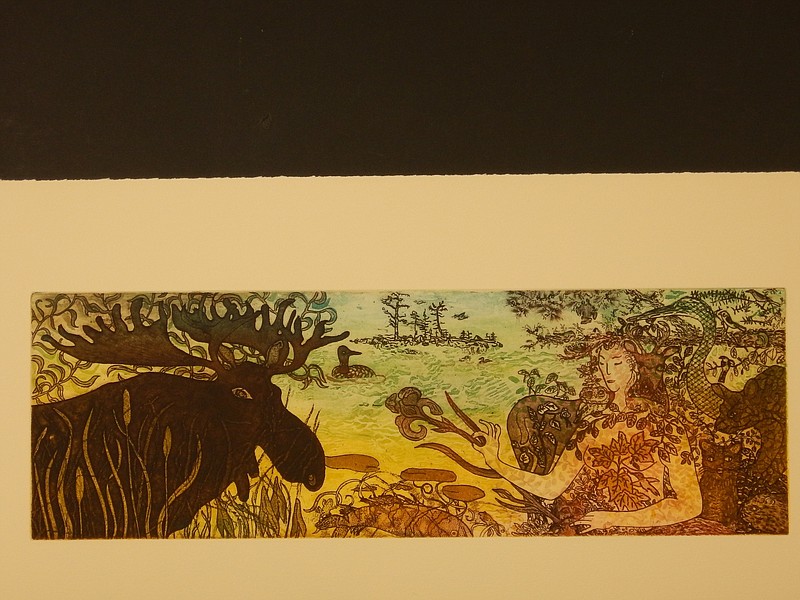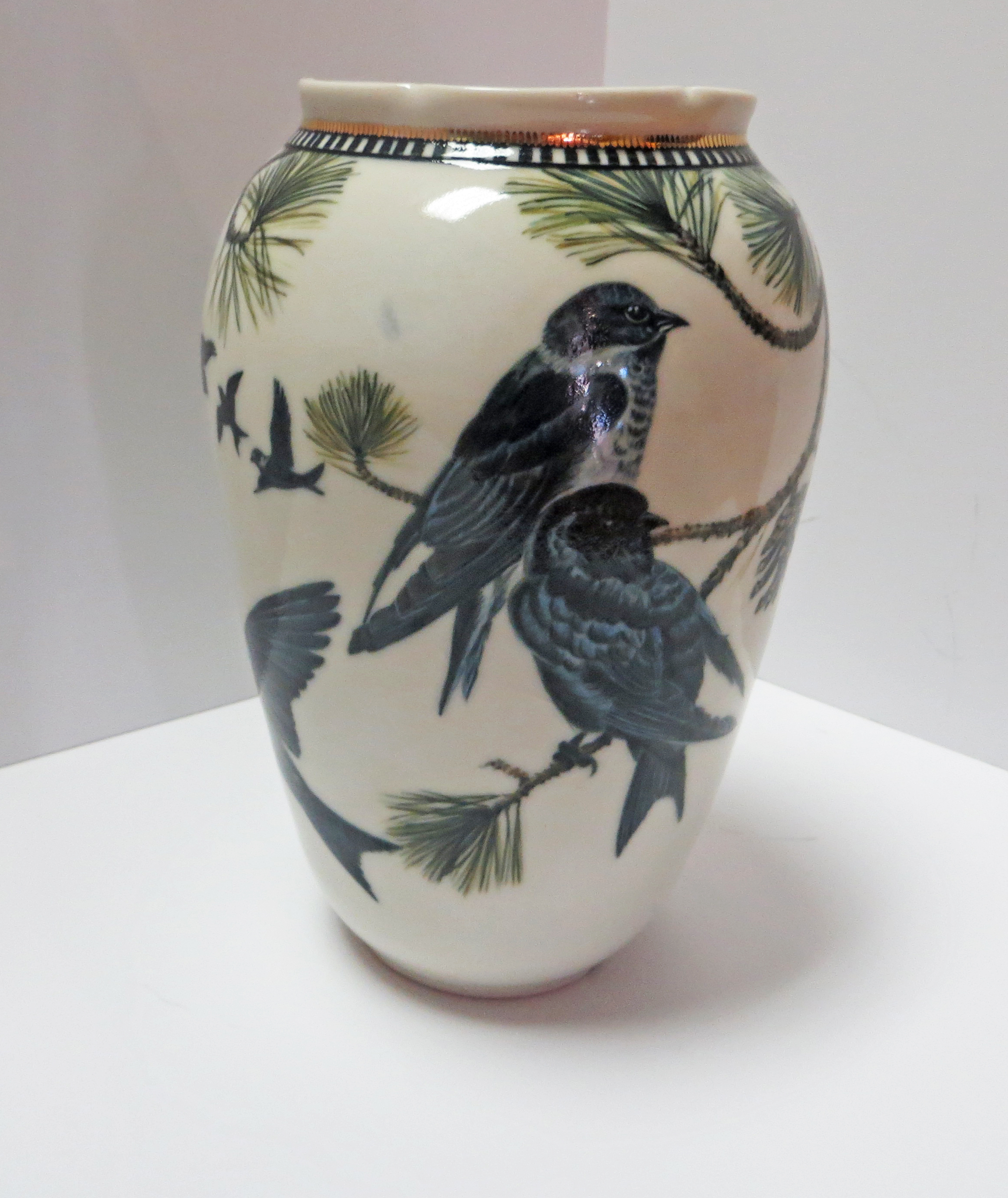If you go
What: Exhibit featuring Loy Allen, D. Langford Kuhn and Anna Marie PavlikWhere: River Gallery, 400 E. Second St.Gallery hours: 10 a.m.-5 p.m. Monday-Saturday, 1-5 p.m. SundayAdmission: FreeInformation: 800-374-2923Opening ReceptionAnna Marie Pavlik will attend the exhibit’s opening reception on Saturday, Feb. 4, from 11 a.m. to 4 p.m. She will have an interactive demonstration using her portable press.
Anna Marie Pavlik spent three weeks in November taking "swamp walks" through Big Cypress National Reserve in Ochopee, Fla., following trails marked by fluttering orange streamers, often slogging through water up to her knees - all for the love of her art.
Big Cypress was one of 10 national parks across America where the Kentucky artist has been invited for an artist-in-residency. She interacts with park visitors, presents a program about her art and donates a piece of work to the park inspired by her visit.
Pavlik will be at River Gallery in the Bluff View Art District on Saturday, Feb. 4, for the opening reception of a nature-themed exhibit in which her intaglio art - figures or designs carved into or beneath the surface of hard materials - will be featured as well as the lampwork of Loy Allen and the porcelain vases of D. Langford Kuhn. The exhibit opens Wednesday and remains on view through Feb. 28.
Angie Supan, River Gallery assistant director of sales, says each woman has had her art in River Gallery before, but this exhibit will offer all-new works.
"All three artists' work is labor-intensive, requiring multiple steps to achieve an end result," says Supan.
The gallery chose to combine the work of these women "because of their treatment of nature and color, their respect for nature. All three celebrate nature in their artwork," she adds.
Allen says all her work "is inspired by nature." She creates colorful glass flowers, insects and birds set into metal bases as well as work that can be hung on walls.
"I live in the Black Hills of South Dakota in the small town of Hot Springs," she says. She maintains a studio in her back yard where she keeps the torch and kilns required for lampworking, also known as flameworking.
"It differs from glass blowing in that I start with glass rods and tubes and melt and shape the glass at a torch," she describes.
Describing herself as self-taught, Allen began working with glass in 1979 while she was an assistant and salesperson for a glass artist. Learning the basics from him, she studied advanced glass techniques at Penland School of Crafts in North Carolina and at The Studio at the Corning Museum of Glass in New York.
Pavlik says her "first love was drawing," which provided a route to becoming an artist 25 years ago. Earning bachelor's degrees in fine art/drafting certification and in mechanical engineering, she was hired as a product development engineer for 3M in St. Paul, Minn.
After being transferred to Austin, Texas, she joined Flatbed Press and participated in its workshops. Flatbed allowed community individuals to use its equipment in the evenings for a fee. Learning the printmaking process led to setting up her own studio, Pavlik says.
Now a resident of Frankfort, Ky., she uses intaglio designs to communicate her concern for the survival of nature and the value of the environment. Working with 18-gauge copper, she etches copper plates, combining etchings with ink, glue powder and paper to make each hand-pressed print unique.
Kuhn is a potter working on the family farm in North Florida near the Suwannee River. She thought she wanted to be a painter, she says, but fell in love with clay while a student at the University of Georgia.
"All my ideas come from the land around me. I raise native butterflies in my own butterfly gardens," she says. "I'm presenting the world of nature all around the walls of my vases."
She began working with porcelain in the late 1980s; the material made a beautiful white canvas, she says, and it motivated her to paint nature's beauty on her vessels. The process she uses is underglaze painting on high-fired porcelain.
"I"m using the exact same process used in the ancient Ming Dynasty, only with modern materials," she says. "These pieces take a long time to make - sometimes months and months. Each vase requires layers and layers of painting, sometimes firing as many as five or six times. But the paint is underneath the glaze so colors are more intense.
"Through the precisely rendered images that describe a moment and place in time, I aspire to communicate feelings they arouse in me," she says.
Contact Susan Pierce at spierce@timesfreepress.com or 423-757-6284.

